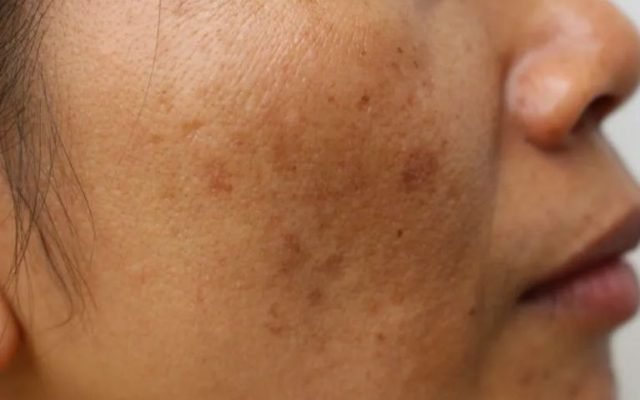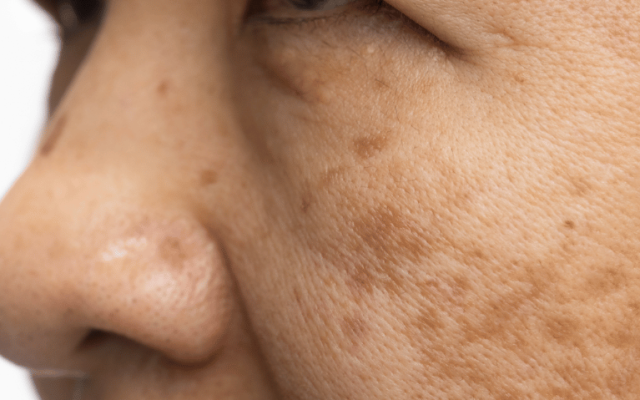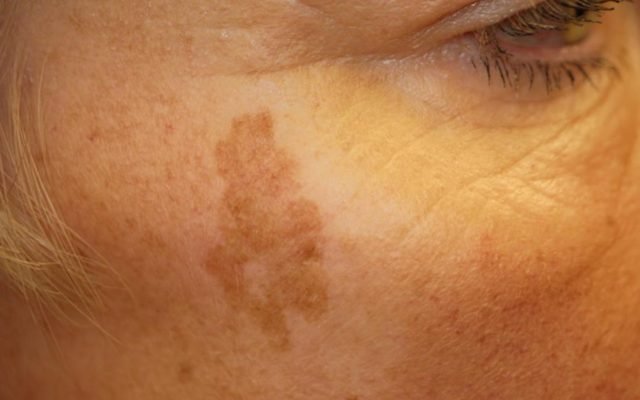- Home
- skin
- Pigmentation Treatment
Pigmentation: Causes, Types, Prevention & Treatment
In recent years, aesthetic medicine has introduced many treatments to fight aging and people are opting for gentler anti-aging treatments like skin boosters. Unlike anti-wrinkle injections, skin boosters offer a more subtle and natural appearance. While good skincare can enhance skin radiance, no cream or serum can match the results of these aesthetic injections. Here is the article to learn about everything you need to know about skin boosters and its effect.
Table of Content
What is Pigmentation?
Why Does Pigmentation Occur?
5 Types of Pigmentation

Hyperpigmentation

Melasma

Age Spots

Post-Inflammatory Hyperpigmentation
Causes of Pigmentation
Sun Exposure and UV Damage
Sun exposure is a leading cause of pigmentation. UV rays can damage skin cells, leading to an increase in melanin production. Over time, this results in sun spots, age spots, and other types of pigmentation. It’s crucial to protect your skin from excessive exposure to the sun.
Hormonal Changes and Pregnancy
Hormonal fluctuations, especially during pregnancy or when using birth control pills, can lead to conditions like melasma. These changes can cause your skin to produce more melanin, resulting in dark patches.
Aging and Genetics
As you age, your skin’s ability to regenerate decreases, leading to the accumulation of pigmented cells. Genetics also play a role in how your skin reacts to sun exposure and other pigmentation triggers.
3 Effective Pigmentation Prevention
Sun Protection
Always use sunscreen with at least SPF 30, wear protective clothing, and avoid the sun during peak hours. This can significantly reduce UV damage and pigmentation.
Healthy Skincare Routine
Incorporate products that promote skin health, like antioxidants and gentle exfoliants, to prevent pigmentation.
Regular Skin Check-ups
Consult with dermatologists or skin care experts regularly to catch and treat any pigmentation issues early.
Treatment Options for Pigmentation
Laser Treatments
Laser treatments, such as Pico lasers, are popular for pigmentation removal. They work by targeting the pigmented cells with laser energy, breaking them down and allowing your body to remove them naturally. Laser pigmentation removal often involves minimal downtime and is effective for various skin tones, including darker skin tones.
Skin Boosters
Skin boosters improve skin texture and hydration, which can help reduce the appearance of pigmentation. These treatments often involve injecting hyaluronic acid or other nutrients into the skin to promote healthy skin and reduce uneven skin tone.
Oral Treatments
Certain supplements and medications can help manage pigmentation. These often include antioxidants and vitamins that support skin health from within.
Topical Treatment
Topical treatments for pigmentation include creams and serums containing ingredients like vitamin C, retinoids, and hydroquinone. These products help lighten dark spots and even out skin tone over time.
Medical-Grade Skincare
Using medical-grade skincare products recommended by dermatologists can provide more effective results for pigmentation issues. These products are formulated with higher concentrations of active ingredients and are clinically tested for efficacy.
Talk to Us Now for Better Understanding
Ready to start on your journey to healthier, more youthful-looking with our aesthetic treatments? Our team of experienced aesthetic professionals is here to guide you every step of the way to personalized treatment plan. Whether you’re curious about the treatment process, want to learn more about the problems, or are ready to schedule your first appointment, we’re here to help. Contact us today via WhatsApp to start your personalized rejuvenation journey.
